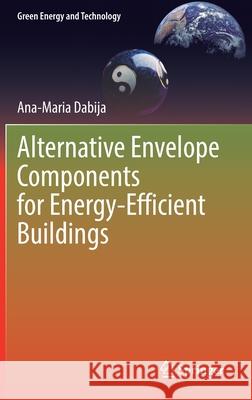Alternative Envelope Components for Energy-Efficient Buildings » książka
topmenu
Alternative Envelope Components for Energy-Efficient Buildings
ISBN-13: 9783030709594 / Angielski / Twarda / 2021 / 109 str.
Kategorie:
Kategorie BISAC:
Wydawca:
Springer
Seria wydawnicza:
Język:
Angielski
ISBN-13:
9783030709594
Rok wydania:
2021
Wydanie:
2021
Numer serii:
000355820
Ilość stron:
109
Waga:
0.33 kg
Wymiary:
23.39 x 15.6 x 0.79
Oprawa:
Twarda
Wolumenów:
01
Dodatkowe informacje:
Wydanie ilustrowane











